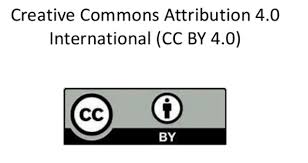Genetic Divergence and Selection of Common Bean Genotypes with High Agronomic Performance in Mozambique
DOI:
https://doi.org/10.47440/JAFE.2022.3405Keywords:
Phaseolus vulgaris L. UPGMA, generalized Mahalanobis distanceAbstract
The deep knowledge of genetic diversity in access, in the breeding program, and the contribution of genetic factors as well as the phenotypic expression is of extreme importance for the development of new cultivars and maintenance of the program. This research aimed to study the genetic diversity and selection of the best common bean genotypes with high agronomic performance in the Agrarian Station of Sussundenga-Mozambique. Twenty-two common bean genotypes were evaluated in a randomized block design with three repetitions in the 2021/2022 agricultural season. The agronomic characteristics evaluated were: the number of days to flowering, plant height, plant architecture, number of pods per plant, the weight of 100 seeds, and grain yield. The data obtained were submitted to individual variance analysis, followed by the Scott-Knott grouping test. For the effect of genetic divergence between the genotypes, multivariate analysis was used based on the generalized Mahalanobis distance and Tocher optimization method, UPGMA, and canonical variables for the projection of distance in the 2D plane. It was also verified by the Cophenetic Correlation Coefficient. The Singh criterion (1981) was used, indicating the characteristics Number of pods per plant (42.81%), the weight of 100 seeds (19.59%), and Plant height (16.08%) as the most important for the genetic divergence of bean genotypes.






 Publisher:
Publisher: 